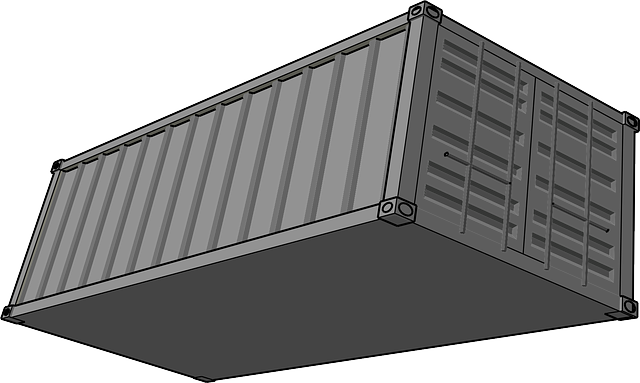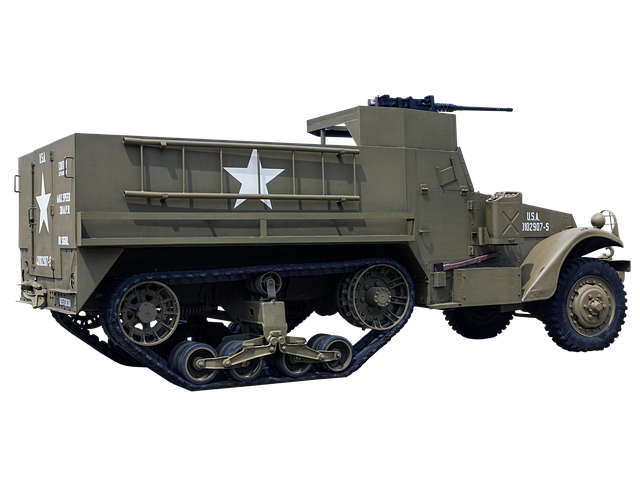Fleet liability insurance is a crucial tool for businesses managing commercial vehicles, offering all-encompassing protection against risks and liabilities. By combining individual vehicle risks into a single policy, it safeguards against financial losses from accidents, damage, or legal claims, streamlining coverage management and potentially reducing costs. This unified approach simplifies insurance administration, provides consistent liability protection across diverse fleets, and offers competitive rates with minimized gaps in coverage. When selecting a plan, fleet managers should assess distinct risk profiles and business needs of various vehicle types and operational settings, comparing comprehensive versus liability-only policies and scrutinizing deductibles, limits, and endorsements for adequate asset protection.
In today’s diverse transportation landscape, managing multiple vehicles efficiently is a challenge. This article explores the benefits of consolidating your fleet under one comprehensive fleet liability insurance policy. We’ll delve into how this approach simplifies operations, reduces costs, and enhances risk management. By understanding the intricacies of fleet liability insurance, businesses can navigate liabilities with confidence, ensuring their assets are protected across all vehicles in their fleet.
- Understanding Fleet Liability Insurance: A Comprehensive Overview
- Benefits of Combining Multiple Vehicles Under One Policy
- Key Considerations for Choosing the Right Fleet Insurance Plan
- Real-World Scenarios: How Unified Policy Coverage Protects Your Assets
Understanding Fleet Liability Insurance: A Comprehensive Overview

Fleet liability insurance is a crucial aspect of managing a commercial vehicle operation. It provides comprehensive coverage for businesses owning multiple vehicles, ensuring that each one is protected against potential risks and liabilities. This type of insurance is designed to safeguard against financial losses resulting from accidents, damage, or legal claims related to the use of these vehicles.
Understanding fleet liability involves recognizing the unique challenges posed by operating a fleet. Each vehicle has its own set of risks, from mechanical failures to driver error or third-party incidents. Fleet liability insurance consolidates these individual risks into a single policy, offering peace of mind and financial security. By insuring all vehicles under one policy, businesses can streamline their coverage, making it easier to manage and potentially saving on costs compared to separate policies for each vehicle.
Benefits of Combining Multiple Vehicles Under One Policy

Combining multiple vehicles under one policy offers numerous advantages for vehicle owners, especially those with a fleet of cars or vans. One significant benefit is streamlined insurance coverage. Instead of managing separate policies for each vehicle, a unified policy simplifies the claims process and reduces administrative burdens. This is particularly advantageous for businesses with varying vehicle types, as it allows for consistent liability coverage across the entire fleet.
Additionally, fleet liability insurance provides comprehensive protection against potential risks. By bundling vehicles together, insurers can offer more competitive rates compared to insuring each vehicle individually. This cost-effectiveness is a significant draw for business owners and individuals alike. Moreover, having one policy ensures that all vehicles are equally protected, minimizing the risk of gaps in coverage during transitions or when using different modes of transport within the fleet.
Key Considerations for Choosing the Right Fleet Insurance Plan

When considering a fleet insurance plan, several key factors come into play. First and foremost, understand your fleet’s unique risks and needs. Different types of vehicles, operational environments, and driving habits necessitate tailored coverage. For instance, high-risk vehicles or those used in harsh conditions may require specialized fleet liability insurance to mitigate potential losses.
Additionally, assess the level of protection needed for your business. Consider comprehensive versus liability-only policies, and evaluate the potential financial impact of accidents or damage. Fleet managers should also examine deductibles, coverage limits, and any specific exclusions or endorsements required to safeguard their assets effectively.
Real-World Scenarios: How Unified Policy Coverage Protects Your Assets

In today’s world, businesses with multiple vehicles often face complex challenges when it comes to insuring them effectively. Different policies with varying terms and conditions can create gaps in coverage, leaving assets vulnerable. For instance, imagine a company with a fleet of delivery trucks and passenger vans. If each vehicle is insured separately, there might be instances where one policy doesn’t cover the other during transitions or when vehicles are temporarily swapped for maintenance or special tasks. This could result in significant financial risks if an accident occurs during such periods.
A unified policy approach solves these issues by providing comprehensive coverage for all vehicles under one roof. For example, a single fleet liability insurance policy can protect both the delivery trucks and passenger vans, ensuring consistent liability coverage no matter their usage. This means that if one of the vans is involved in an accident while transporting passengers, the same policy will provide compensation and legal protection as it would for a truck delivering goods. Such integrated coverage safeguards against potential financial losses and simplifies the claims process, offering peace of mind for business owners managing diverse vehicle fleets.
Safeguarding your entire fleet under one comprehensive policy is a strategic move that offers significant advantages. By combining vehicles, you not only simplify administrative tasks but also ensure uniform protection against potential risks and liabilities. This unified approach allows business owners to focus on growth while reducing the complexity of managing separate insurance plans for each vehicle. With the right fleet liability insurance, you can confidently navigate the road ahead, knowing your assets are protected no matter the scenario.
